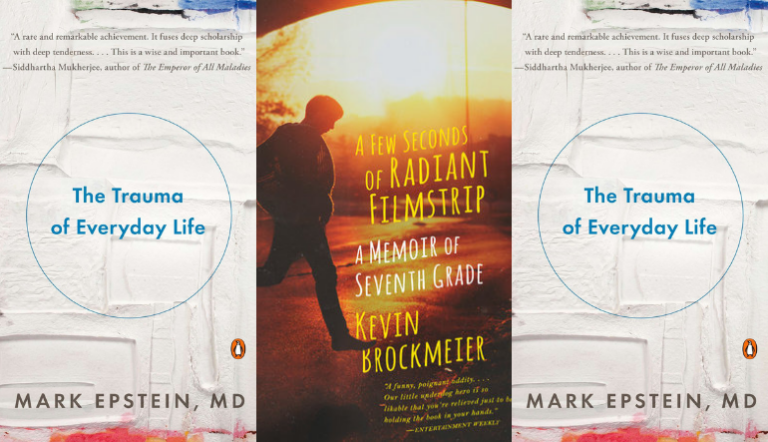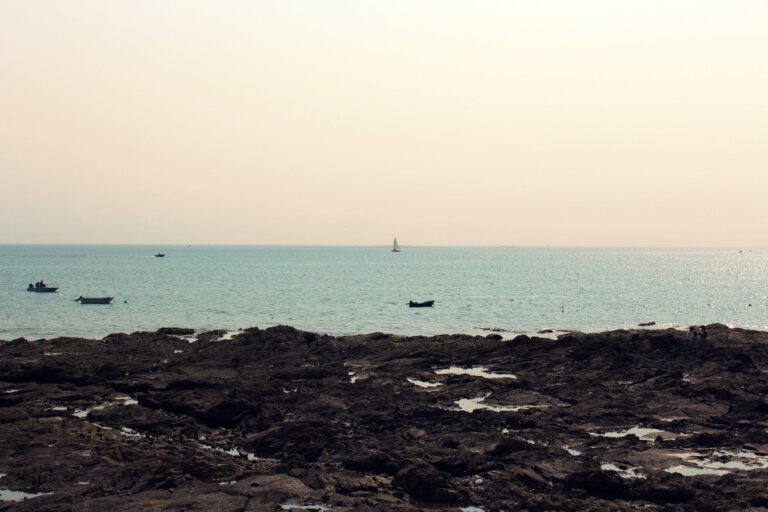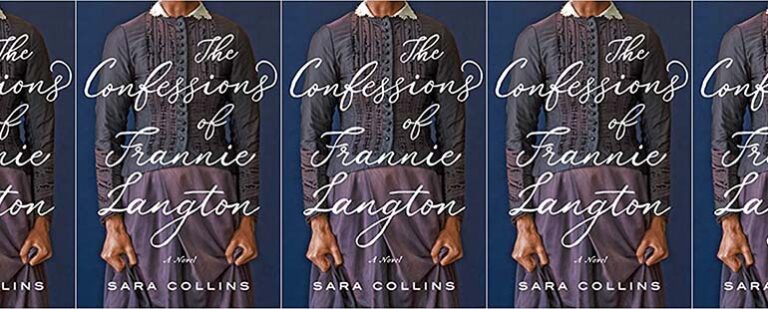Swamplandia!’s Grief

Though imperceptible to the untrained eye, the geography of Miami is at once simple and complicated. There is a limestone ridge that runs along the coast of mainland South Florida, and then every other area is just a place that is susceptible to flooding for myriad reasons. Because of this duality, one of our regional idiosyncrasies is a sort of geo-splaining. Like native Los Angelinos explaining traffic patterns, for example, Miami locals (even the least science-adjacent ones) can be caught at dinner parties regurgitating the word “oolite”—the name of the stone lining South Florida—in attempts to wow some uninformed new arrival. It’s in this spirit, and stuck at home, that I’ve set out to reconsider the landscape of my home the only way I know how: through fiction.
One of Miami’s noteworthy exports is crime fiction, in which we watch cops and robbers chase and lead each other around the city. There is also fiction by writers like Edwidge Danticat that traces diasporic journeys across the Caribbean, to and from Miami. A great many works of Miami fiction possess this sort of geospatial awareness, but the most intricate and complexly mapped version of our subtropical paradise is Karen Russell’s Swamplandia!
Published exactly ten years ago, Russell’s book is somewhat polarizing among the local readership. Some find themselves lost in the book’s speculative elements; Loomis County isn’t a real place, but the Calusa shell mounds are real places. What gives? these readers lament. On top of this speculation, some might not anticipate the dark, sad turns in a story that opens with a healthy dose of Florida kitsch. The adventure of Swamplandia! is triggered by the death of Hilola, the matriarch of the theme park-owning Bigtree family. She’s the star of Swamplandia!’s famous alligator shows, and as such is the park’s main tourist attraction. The grief and feeling of disarray experienced by Hilola’s family burns slowly before eventually simmering over, at which point patriarch “Chief” Bigtree is sent into despondence and his three children are pushed onto separate journeys. Hidden behind a kitschy façade is a story of loss, and though this isn’t what every reader necessarily wants of their Florida fiction, it’s the right story for this place.
The Sundial Book Club, run by Miami radio producer Luis Hernandez, recently held a group reading of Swaplandia!; Russell kindly sent a video of herself giving a talk to the group in advance of the event in which she talked about the integral relationship between the narrative, Florida, and grief. “It’s a deeply painful and upsetting book,” she said. “It deals with two kinds of grief”:
One is local to this family. Their mother has just died, and these children are all processing in different ways. It’s that cue-ball break that sends everyone into different pockets. The three of them each go on their own underworld journeys. It’s also about the fantasy of Florida—what we sell versus what is true. Woven into the fabric of this book is the pain of discovering the real history we’ve papered over here, from its environmental degradation to its shocking violence against our indigenous peoples, who have been largely erased from our histories.
There is no way to write a story set in this place, which only 150 years ago was a nearly impenetrable jungle, without acknowledging what belies its human inhabitants’ tenuous existence; behind the sunny façade of memories of our youth is a Trail of Tears. Reflective on themes of environmental degradation and indigenous erasure, Swamplandia! serves as a memorial to our past, and as a reminder of the constant fortitude we must maintain to protect this place.
The Bigtree family never belonged on the land—Miccosukee and Seminole land—where Swamplandia! sat. Grandpa Sawtooth was born Ernest Schedrach in Ohio; escaping debts and wage slavery in the rust belt, he scrounged up enough coin to be duped by a realtor into purchasing a one-hundred-acre piece of “American Eden” because of what it would look like “post-drainage.” Like many newcomers to Florida in the early twentieth century, he took on a new identity. Describing the name he chose, Ava, the youngest Bigtree, says, “He picked ‘Sawtooth’ in homage to the sedge that surrounded his island; ‘Bigtree’ because he liked its root-strong sound.” Grandpa Sawtooth—Ernest Schedrach in redface—felt connected to the land because it offered him control, but the land had not consented.
Growing up in South Florida, the miracle of our existence here is espoused regularly to us. The story goes that during a nationwide freeze Julia Tuttle sent Standard Oil founder Henry Flagler an orange blossom to show him that Miami was still blooming, and as a result, Flagler brought his famous train just a little farther south. Both of these folkloric heroes of our youth were from Ohio, just like the Schedrachs of Swamplandia! were.
At one point in the book, Kiwi, Ava’s brother, observes that his father and grandfather were “competitive masochists.” He says this because they are the only family members who can eat, and keep down, the swamp apples that grow on the land. The swamp apples are a good symbol for the forced colonization of what is now known as Florida, though. That what grows naturally in the place must be forced down shows that maybe whatever is trying to consume it is perhaps in the wrong place.
There is no greater symbol in Swamplandia!, however, than the dredge. Like the book itself, the dredge serves as a memorial. Upon hearing the word “dredge” for the first time, Ava observes, “For some reason the word made my heart speed.” The dredge literally and metaphorically digs up what it shouldn’t. Walking around a deserted dredge near their property, Ava says, “In that second I knew that I’d been wrong this whole time: that my sister was psychic, that the whole world was haunted, and now a ghost was tuning itself like a luminous string above me.” Up until that point, Ava had scoffed at her sister, Ossie, and her claims of falling in love with the ghost of a dredgerman. The siblings find a map inside the dredge, drawn by this ghost; he’d intended to dredge all the way out from the swamp to the Gulf waters, but never made it there—we learn later that he and his had been pecked to death by buzzards. Those birds become Ava’s guide on her later journey to the underworld, where her sister has run off to with the dredgerman’s ghost.
Karen Russell’s book, like the dredge, exists as a roadside shrine. It serves both author and reader, demonstrating the destructive path that was cleared so we could exist in South Florida.


